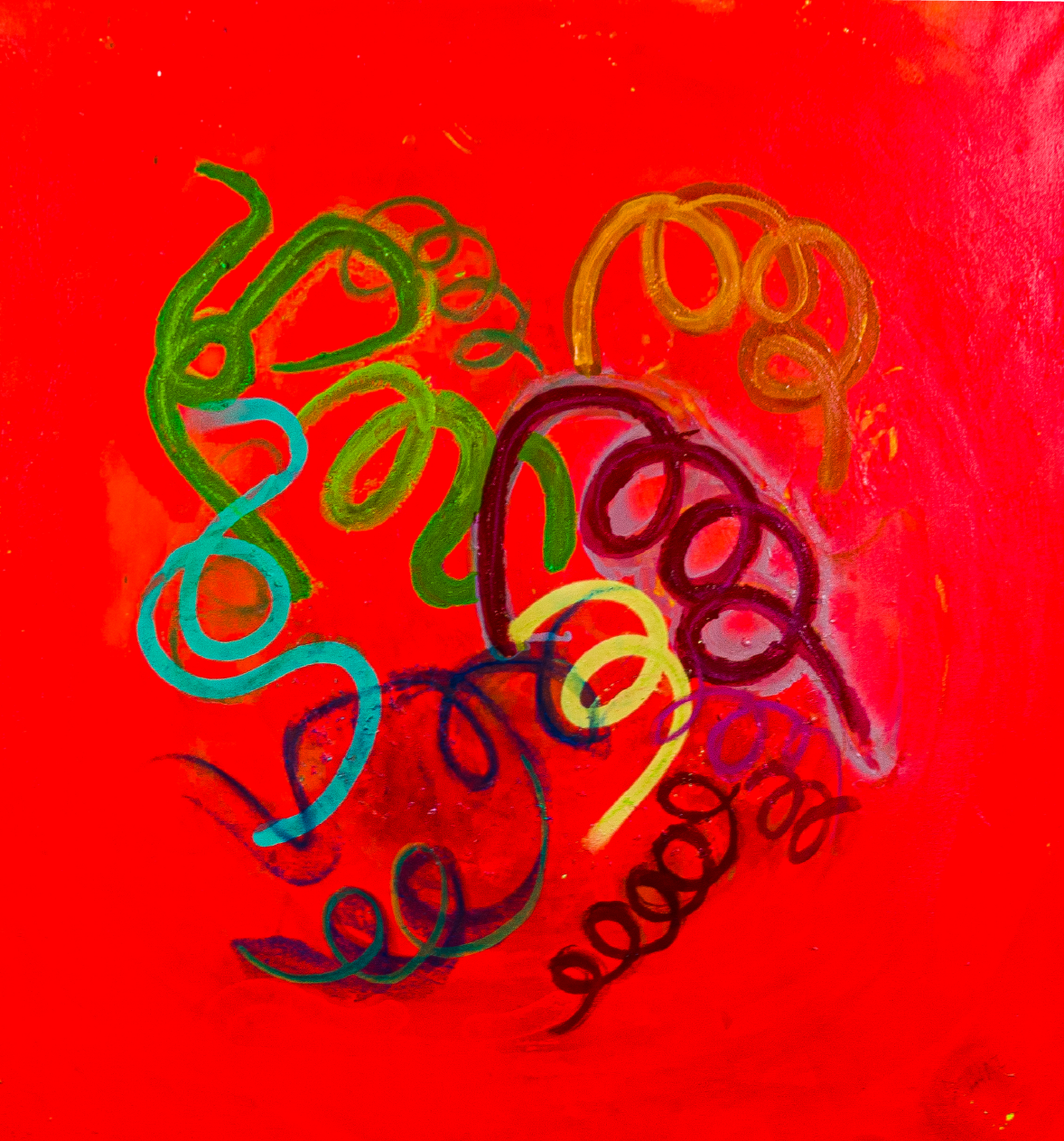Protein Expression
From DNA to Protein

They occur in all kinds of shapes, work together, and are known as all-rounders in the human body. Correct, we are talking about proteins. Proteins are complex structures built out of amino acids and one of the most important kinds of biomolecules existing in our body. You might ask now, which functions do proteins fulfill to make them that essential?
A great many. They can stabilize cells, work as hormones, surface markers, and enzymes. Enzymes have a fundamental role by making reactions in the body faster. To name one example, they play an important role in digesting and degrading nutrition but also in DNA replication, and energy metabolism. Yes! Proteins are very important. That is why they are part of most research fields in biochemistry.
But, how are they made? With the genetic information that DNA contains, proteins can be synthesized. But our DNA is very long and complex and not every gene is needed at all times. In order to prevent a waste of energy and resources, only the needed genes are transcribed into a copy that contains the essential information - the messenger RNA. The single-stranded RNA makes a very similar complementary copy of the DNA bases and it is also mobile in the cell. To convert DNA into RNA, the transcription process is necessary. The DNA strands are partially enrolled and separated with the help of different enzymes. Then the RNA Polymerase, an enzyme that synthesizes RNA, reads the DNA strand and makes a copy of it.
Now that we have our readable genetic information, our protein can be produced. This process is called translation. Special molecular complexes called ribosomes read the RNA and translate it into an amino acid sequence. Three RNA bases always code for one specific amino acid. Every new matching amino acid is added to a chain, which results in a long sequence. The sequence is then folded to a 3 D structure through chemical interactions. And there you go, we produced a protein.
This whole process is also known as the central dogma of biochemistry and is one of the fundamentals of life. Protein expression is used very often in the lab. After cloning and transferring the gene of interest into a host organism, transcription and translation take place to build our proteins.
Do you already recognize the possibilities protein expression offers? Due to synthetic biology, we can improve the synthesis of molecules and pharmaceuticals that are needed on a daily basis!